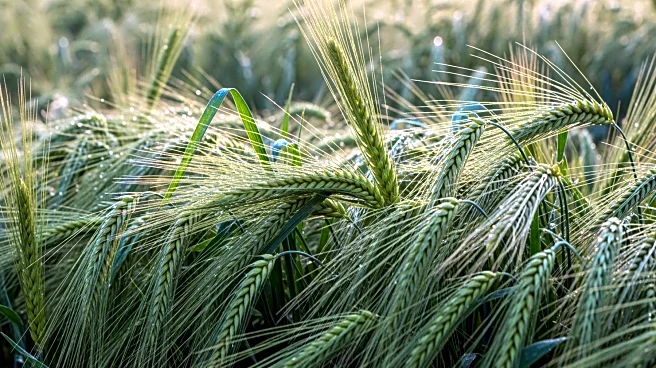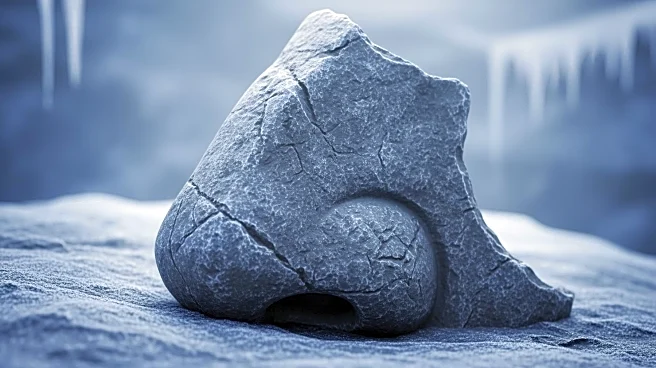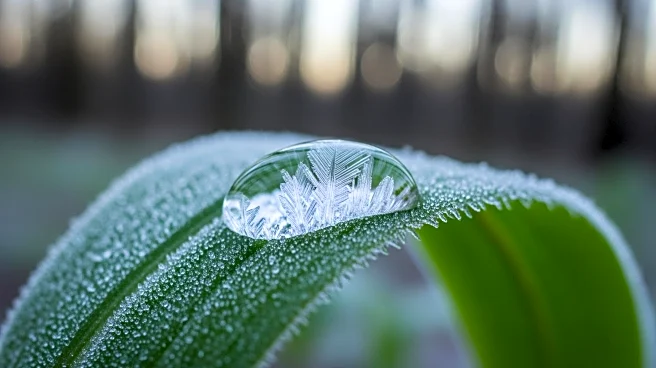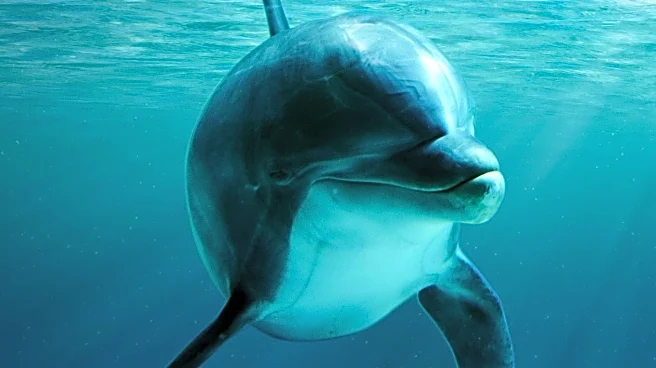What's Happening?
A young boy's discovery in his backyard has led to significant advancements in the understanding of ant behavior and plant-insect interactions. Researchers observed that certain ants treat oak galls, created
by cynipid wasps, similarly to seeds with elaiosomes, which are fatty attachments that encourage ants to transport them. This behavior, known as myrmecochory, involves ants carrying seeds to their nests, consuming the elaiosome, and leaving the seed in a safe location. The study, conducted by Andrew Deans and his team, revealed that ants also transport galls due to a similar fatty cap called the 'kapéllo.' This discovery highlights a convergence in evolutionary strategies among plants, insects, and wasps, where small fatty attachments manipulate ant behavior for transport and protection.
Why It's Important?
The discovery of ants transporting oak galls due to the presence of a fatty cap similar to elaiosomes on seeds provides new insights into the complex interactions between plants, insects, and ants. This behavior not only aids in the dispersal of seeds but also offers protection to the wasp larvae inside the galls. Understanding these interactions can lead to broader ecological implications, such as how microhabitats are shaped by these relationships. The study underscores the importance of chemical signals in driving ecological processes and highlights the potential for further research into the evolutionary adaptations of organisms to exploit these signals for survival.











